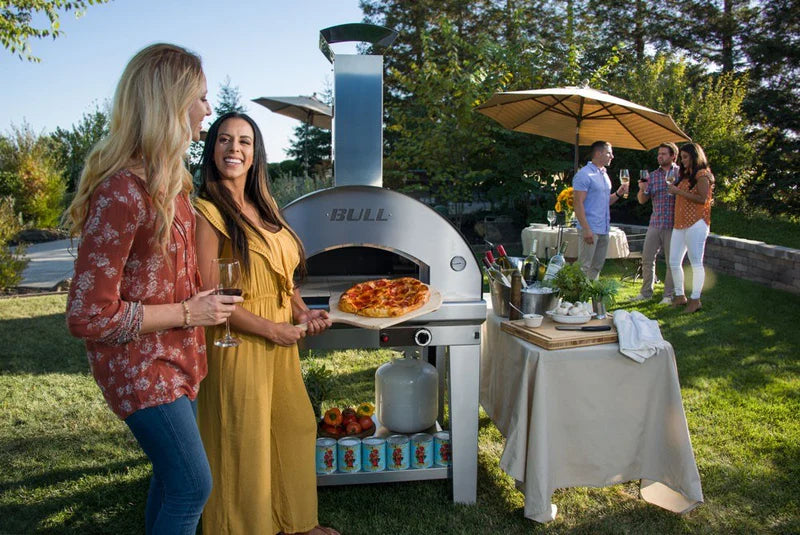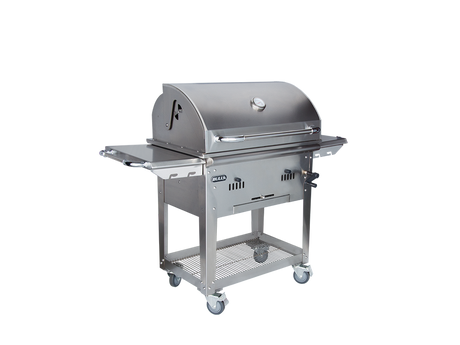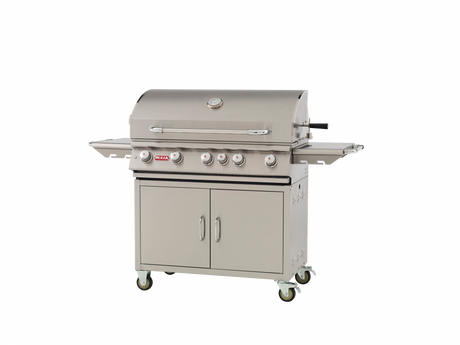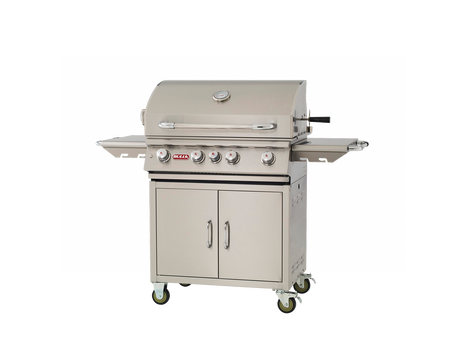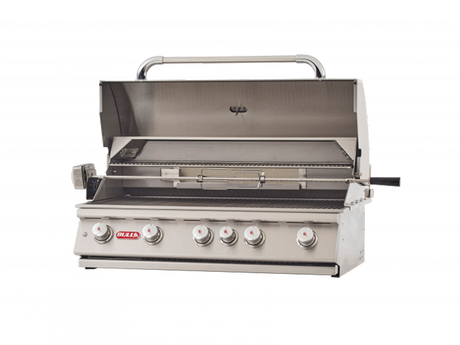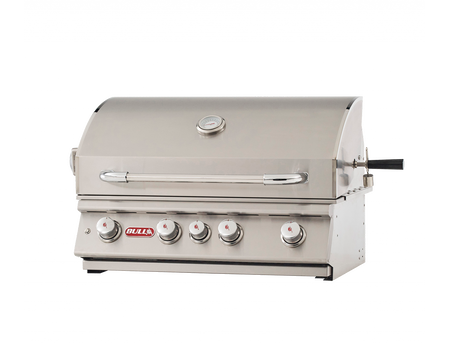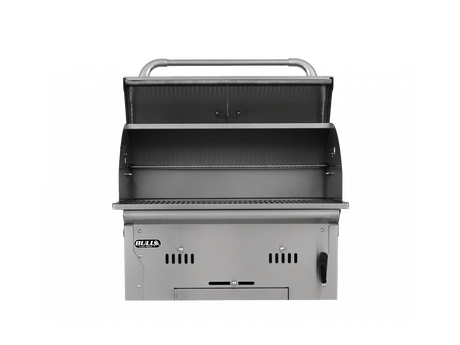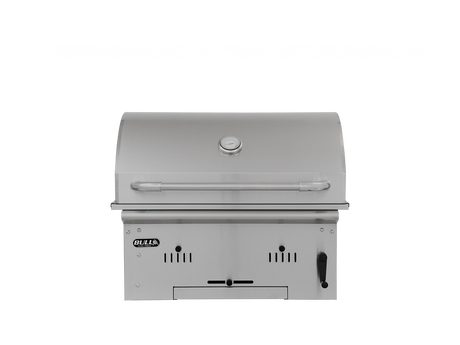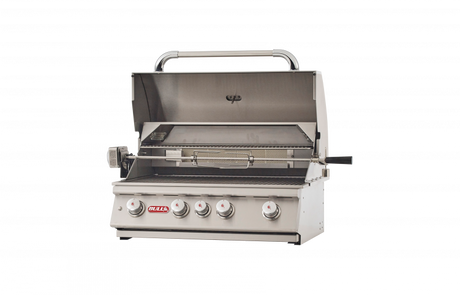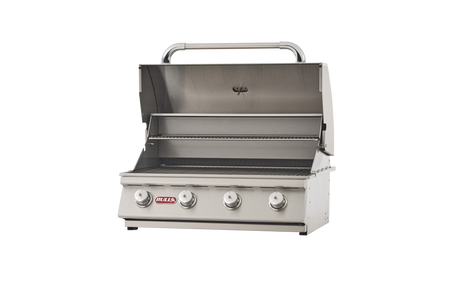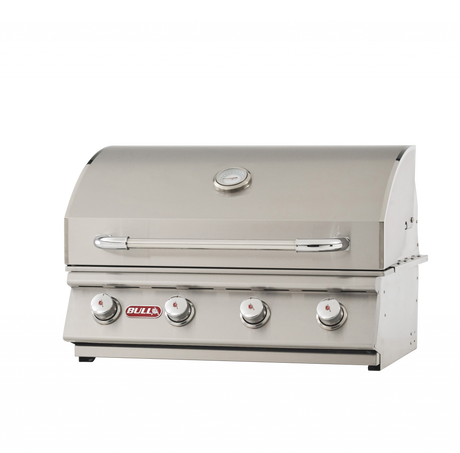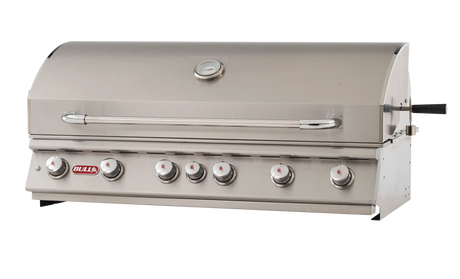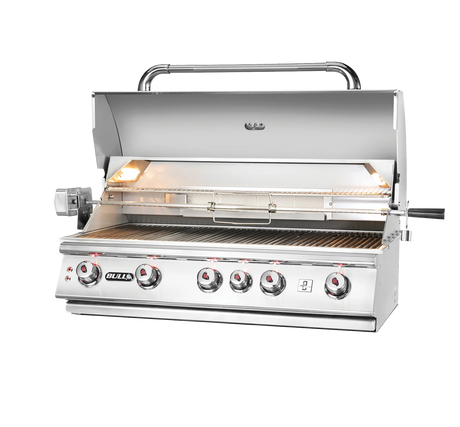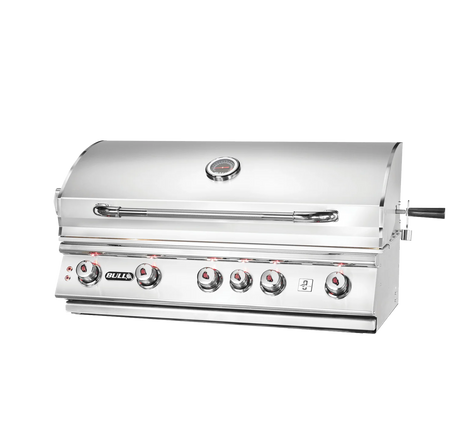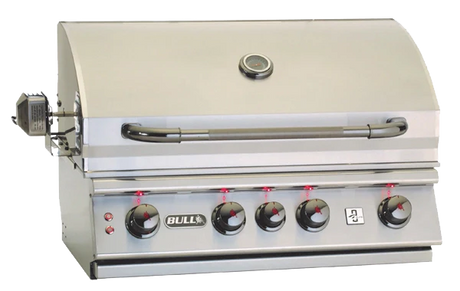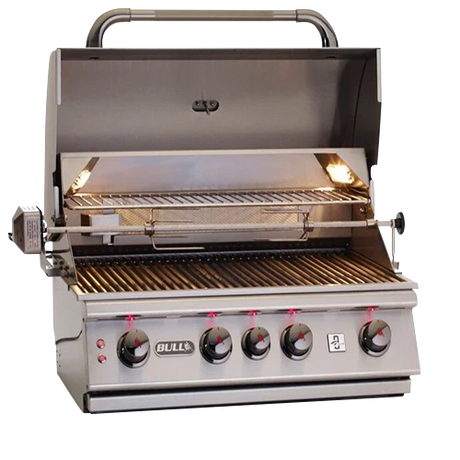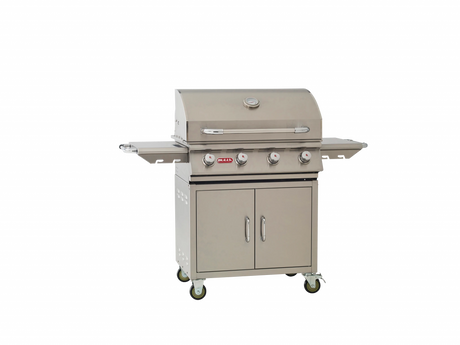FAQs
Common Product Questions
How do you hook up the side burner?
How do you hook up the side burner?
Note: Use Teflon tape on all threaded connections.
- Connect a short double ended 3/8 female flare gas line to the back of the BBQ.
- Then connect a 3/8 Flare “T” Fitting to the gas line.
- From that connection, you will have two remaining access points. One for the side burner and one for the Incoming gas.
- Make your connections and light it up.
How do you light the backburner?
How do you light the backburner?
This process is reasonably easy
- Make sure the gas is on.
- Turn the knob slowly but stop before the ignition snaps, when you stop, hold the knob for 7-10 seconds.
This allows the gas to flow thru the Infrared Backburner for 7-10 seconds allowing the gas to migrate
to the opposite side of the Backburner where the ignition is located. - After doing so proceed turning the knob to complete the snap.
- Once you hear the snap the gas will be ignited.
Where to Buy Parts?
Where to Buy Parts?
You can get in touch via chat or email.
Does the fire pit have a hole for drainage?
Does the fire pit have a hole for drainage?
Bull currently does not cut any holes for drainage, but when your plumber hooks up the gas to the burner you have to drill a hole into the cement board in order to get to the burner. So that provides an out for water.
How can I tell if I have a gas leak?
How can I tell if I have a gas leak?
A good test is to mix a bit of water with dish soap. Then with a brush dab your connections
with the soapy water, if you do indeed have a leak you will see your connection start to bubble.
Ordering
Can I cancel my order?
Can I cancel my order?
We completely get it, we change our minds too! While we wish could, once an order is placed, we are unable to alter or cancel it at this time. We hope to have a cancellation window one day in the future.
Should the item(s) not work out, make sure to exchange for a preferred style or return for a refund.
What if I want to speak to someone?
What if I want to speak to someone?
We want to speak to you too! Contact us with any questions, concerns, or feedback. We will be sure to get back to you within 48 hours. However, please note that inquiries sent on Fridays will receive a reply the following Monday, but possibly sooner.
Shipping
What countries do you ship to?
What countries do you ship to?
We currently ship New Zealand Only. To enquire about shipping to a different destination, please contact us.
How long will it take to receive my order?
How long will it take to receive my order?
Standard shipping normally takes 5-7 days. International shipping times depend on the products and destination (get in touch to find out more).
Returns and Refunds
How do I return a product?
How do I return a product?
Items must be returned within 30 days after receiving your order. Items must be returned in the same condition in which they were received, be unworn/unused, have any tags still attached, and include all the original packaging.
How long will it take to receive my refund?
How long will it take to receive my refund?
Refunds are processed within 7 days from when we receive the item(s).

